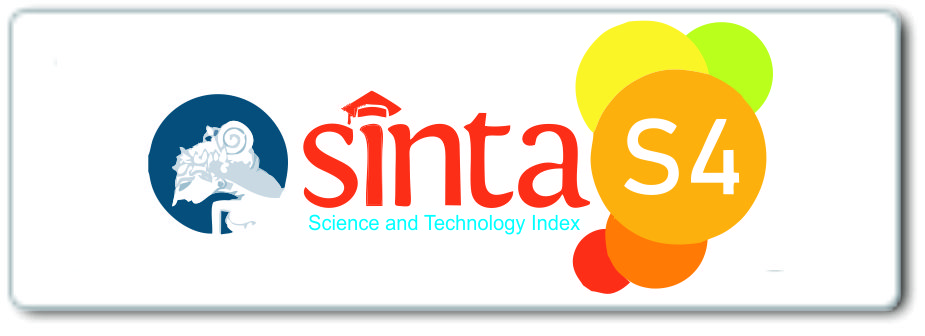Dissipation of Electrical Energy into Heat Energy in Web-Based Rainfall Meter Microcontrollers
DOI:
https://doi.org/10.32734/jotp.v3i1.5541Keywords:
dissipation, electrical energy, heat energy, microcontroller, PLX-DAQAbstract
The heat dissipation of a system has been observed. In this study, the Arduino Nano as a microcontroller of web based rainfall gauge calibrator will be analyzed through the application of an automatic pump, the DHT22 sensor as a detector for temperature change on the microcontroller on standby for 5 minutes and operate for 55 minutes. Electrical energy can be obtained from voltage and current measurements using a multimeter and heat energy can be obtained from temperature changes detected by the DHT 22 sensor. The temperature sensor readings are displayed from the microcontroller to the PC into the PLX-DAQ application as an interface. From the results of observations and calculations, the data obtained on the percentage of electrical energy dissipation into heat energy has 4 stages, that is on standby 8.9%, from the end of standby to operate at 1.0%, transition 0.2%, and ideal stable 0.1%-0% . After 20 minutes until finished operating shows an ideal stable state. This is due to the microcontroller heat dissipation and energy absorbed by the ambient is the same.
Downloads
Downloads
Published
Issue
Section
License
Copyright (c) 2021 Journal of Technomaterial Physics

This work is licensed under a Creative Commons Attribution-ShareAlike 4.0 International License.








